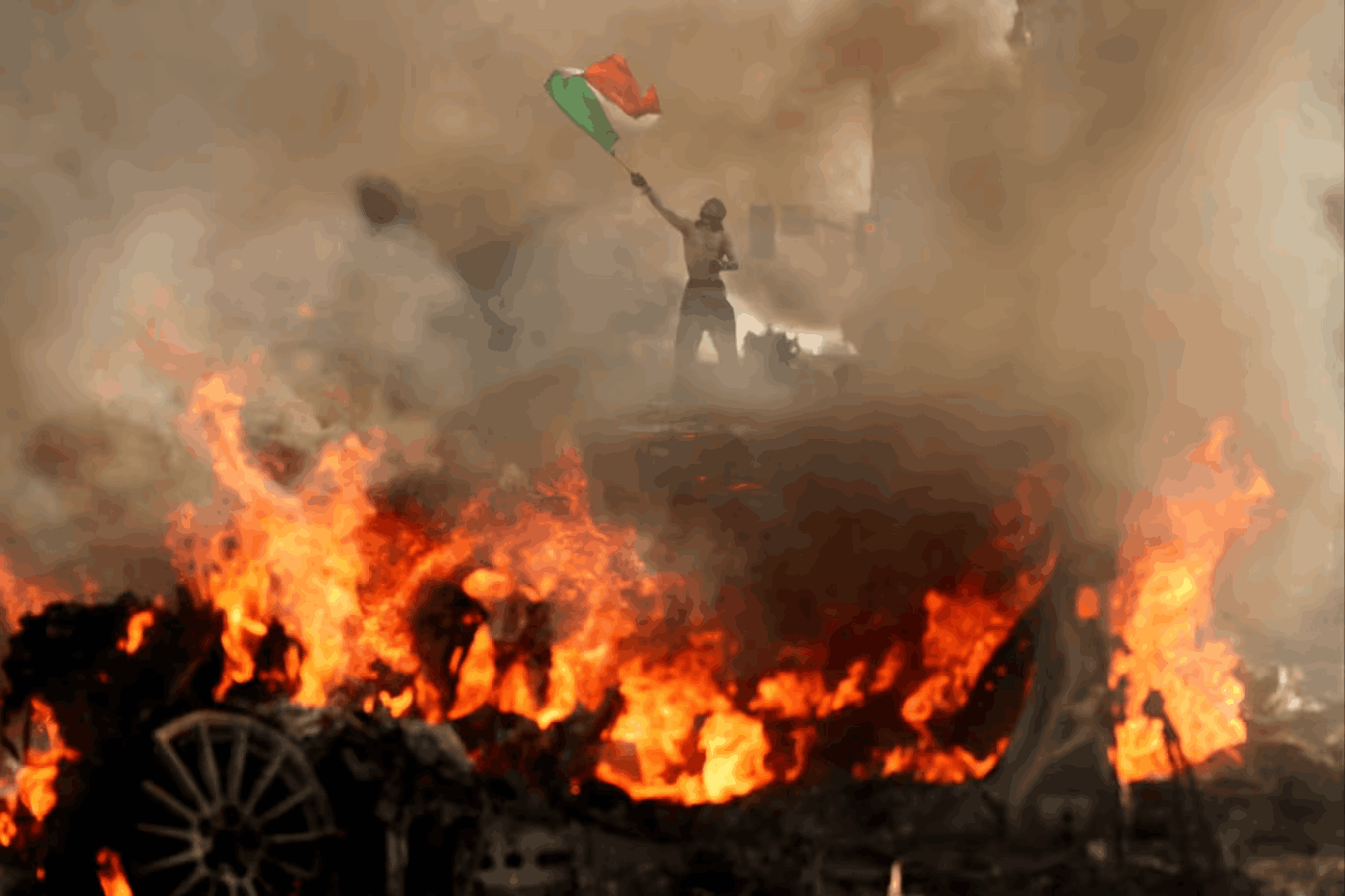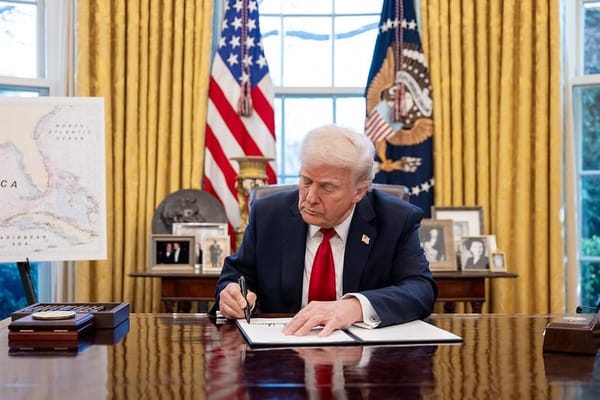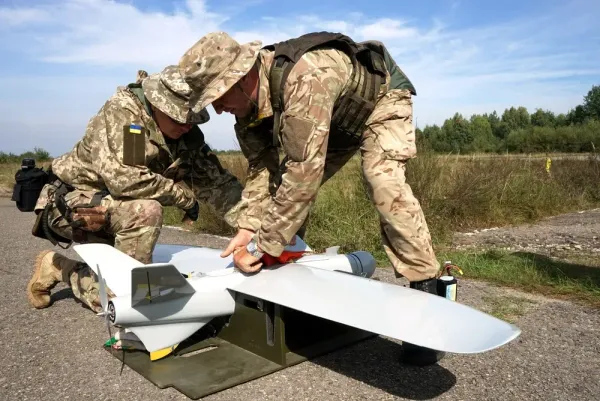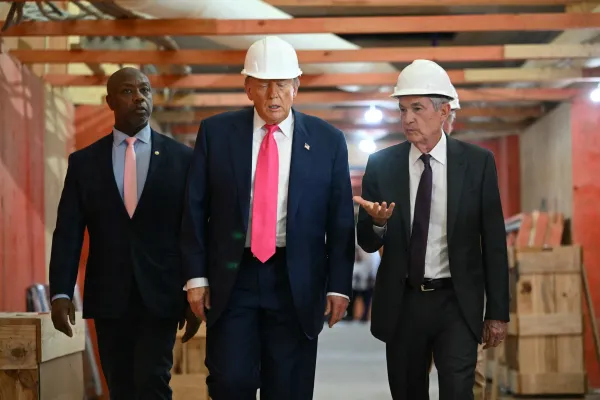Los Angeles Immigration Clashes Test Trump's Power
What happened?
Federal agents conducting mass immigration raids in LA faced three nights of street battles with anti-deportation demonstrators. After ICE made over 100 arrests and protesters set fire to Waymo self-driving cars, President Trump bypassed Governor Newsom and deployed 2,000 National Guard troops to the city under Title 10 authority. On Sunday night alone, Guard units and federal tactical teams fired tear gas and "less-lethal" rounds near the Metropolitan Detention Center, arresting 29 people.

Why does this matter?
-
 Constitutional collision course: Washington's deployment without the state's consent mirrors the 1957 Little Rock and 1992 LA precedents, setting up a legal fight over the limits of presidential power and foreshadowing confrontations in other blue states.
Constitutional collision course: Washington's deployment without the state's consent mirrors the 1957 Little Rock and 1992 LA precedents, setting up a legal fight over the limits of presidential power and foreshadowing confrontations in other blue states.
-
 Political shockwaves: Images of troops on California streets will galvanize Democrats and unnerve several Senate Republicans, who are already resisting Trump's tax and tariff bills.
Political shockwaves: Images of troops on California streets will galvanize Democrats and unnerve several Senate Republicans, who are already resisting Trump's tax and tariff bills.
-
 Economic ripple effects: Local hotel cancellation rates have increased by 12% since Friday, traffic at the Port of LA has fallen by 7%, California general-obligation bond spreads have widened by 6 bp as investors price in the risk of civil unrest, and business leaders fear labor shortages as stepped-up deportations target workplaces.
Economic ripple effects: Local hotel cancellation rates have increased by 12% since Friday, traffic at the Port of LA has fallen by 7%, California general-obligation bond spreads have widened by 6 bp as investors price in the risk of civil unrest, and business leaders fear labor shortages as stepped-up deportations target workplaces.
What’s the caveat?
Trump's advisers claim the crackdown will be popular with his supporters and deter undocumented migration. They point out that LA is calm compared to the riots of 2020 and that markets have quickly recovered from similar episodes.
finformant view
Trump is becoming bogged down in domestic disputes at a time when he needs support for his economic agenda. Although the events in LA are unlikely to directly impact capital markets, they contribute to a series of events that could raise the equity risk premium over time.





